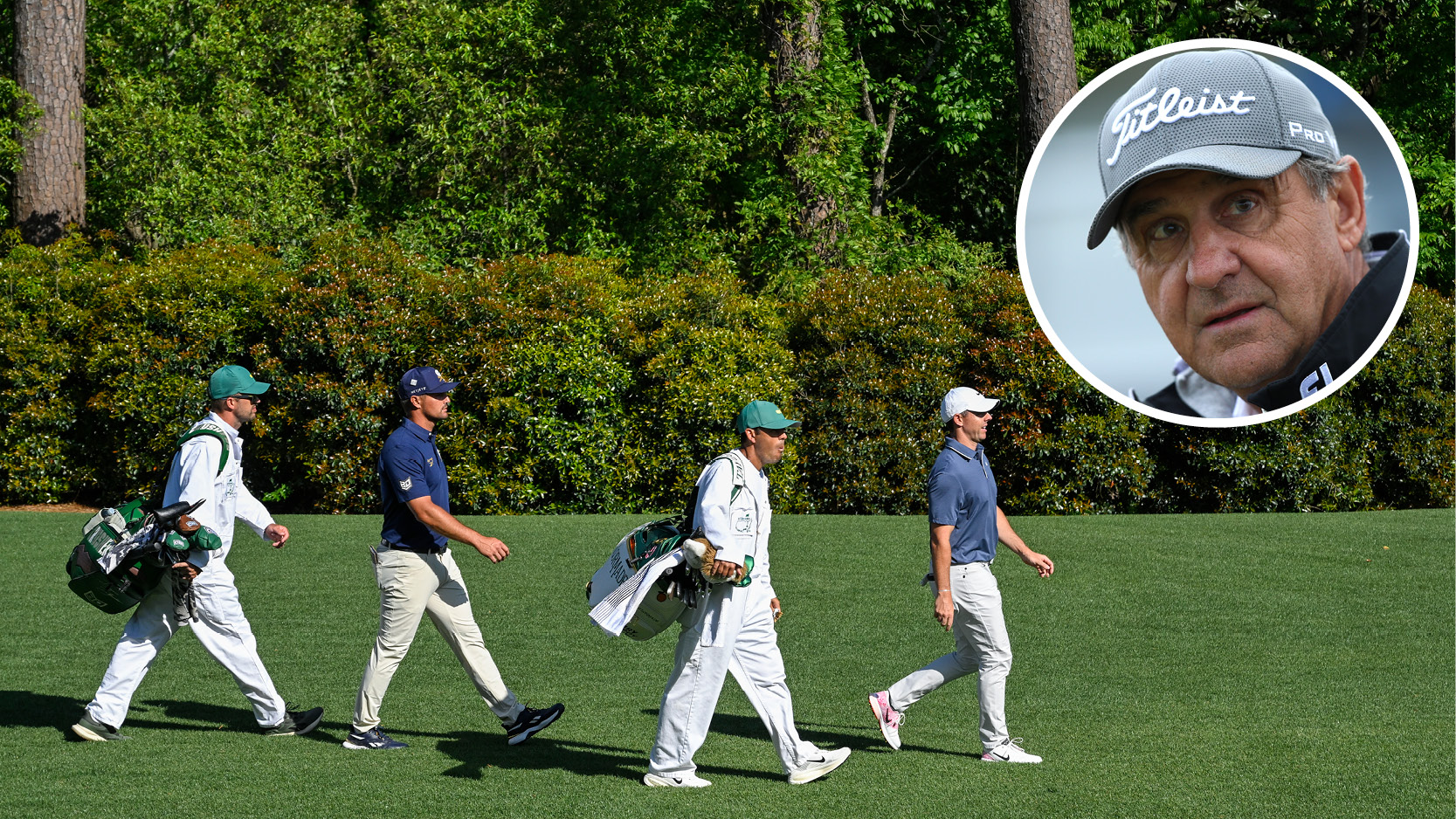Fergus Bisset: The winter course
As the weather turns, Fergus considers what the winter golfer should be able to expect.

The brave few who regularly read this blog will know I'm a "four seasons" golfer. The thought of sticking my clubs under the stairs when the leaves begin to fall has never approached the side of my mind, let alone crossed it.
In this part of the country, there are plenty of people who disagree with my policy. They take great pleasure in, after putting out in the final competition of the year, saying, "Well, that's it until next April."
That's their choice, but I wonder what the hell they do with themselves on the weekends when they should be playing golf. I guess they put up shelves, paint the spare room or go on shopping trips. God forbid.
No, I prefer to stick with the golf through wind, rain and snow. For me, there's nothing much more satisfying in the game than battling through challenging conditions and still returning a respectable score. Yes, you get some days when the weather gets the better of you and you walk off the course like a drowned rat, questioning your sanity. But you also get those jackpot days, when the air is crisp and clear and the winter sun beats down on a highly playable and empty course.
As people begin to analyse exactly what they get from their membership subscription and every pound of visitor income counts, it's increasingly important for clubs to continue to offer a good product through the winter months. If you count winter as November to March, that's five months of 12. It makes business sense for a club to deliver a course that's as good as it can be for as much of the year as possible.
Dredging back through previous things I've written, I found this mini manifesto detailing how I think courses should be set up for those five months:
Greens - Whenever possible play should be to summer greens. Pins can be placed right on the front to avoid too much traffic over the full surface. When it's frosty or has been extremely wet the course should either be closed or play should be to winter greens. When the frost clears or the ground has dried out it should be back to the summer putting surfaces asap.
Get the Golf Monthly Newsletter
Subscribe to the Golf Monthly newsletter to stay up to date with all the latest tour news, equipment news, reviews, head-to-heads and buyer’s guides from our team of experienced experts.
Winter greens - Should be as far down the hole as possible. Perhaps a temporary green could be created in the light rough level with the main green. There's nothing more annoying than a winter green 70 yards short of the summer putting surface. On no account should oversized cups be used.
Fairway protection - Some courses go massively overboard and say you have to use a mat in the fairway and in the semi rough: far too much. I think mats on the fairway from 150 yards and in is fine. (Perhaps with the option of moving your ball to the side and placing in the rough.)
Tees - In an ideal world it would be great if summer tees could continue to be used, particularly on the longer holes when everyone hits a driver anyway and doesn't take a divot. But if not, the winter tee should be as far back as possible. I'd prefer to play off a mat in the rough level with the medal tee than from a tee on the fairway 50 yards ahead of the ladies tees. Which takes me on to:
Course length - It infuriates me that "winter course" automatically means something about 3,500 yards long with all the good par 4s cut down to 230 yards and no par 3s that require more than a wedge.
I'm hoping someone on the committee at my club might read this as our winter course looks like being a bit silly this year. Big holes have been installed in the winter greens (aaaargghh,) and tees are set to be moved up even further, creating a full winter 18-hole layout measuring less than 4,000 yards. I believe the windmills and the big clown's face are on order.

Fergus is Golf Monthly's resident expert on the history of the game and has written extensively on that subject. He has also worked with Golf Monthly to produce a podcast series. Called 18 Majors: The Golf History Show it offers new and in-depth perspectives on some of the most important moments in golf's long history. You can find all the details about it here.
He is a golf obsessive and 1-handicapper. Growing up in the North East of Scotland, golf runs through his veins and his passion for the sport was bolstered during his time at St Andrews university studying history. He went on to earn a post graduate diploma from the London School of Journalism. Fergus has worked for Golf Monthly since 2004 and has written two books on the game; "Great Golf Debates" together with Jezz Ellwood of Golf Monthly and the history section of "The Ultimate Golf Book" together with Neil Tappin , also of Golf Monthly.
Fergus once shanked a ball from just over Granny Clark's Wynd on the 18th of the Old Course that struck the St Andrews Golf Club and rebounded into the Valley of Sin, from where he saved par. Who says there's no golfing god?
-
 Volvo China Open 2025 Picks, Odds And Predictions
Volvo China Open 2025 Picks, Odds And PredictionsFollowing a break for The Masters, the DP World Tour returns for the final two weeks of its Asian Swing and the Volvo China Open is the penultimate event
By Jonny Leighfield
-
 Rory McIlroy's Sports Psychologist Explains Why He 'Didn't Talk' To Bryson DeChambeau In Masters Final Round
Rory McIlroy's Sports Psychologist Explains Why He 'Didn't Talk' To Bryson DeChambeau In Masters Final RoundDeChambeau raised eyebrows at Augusta National when claiming that McIlroy wouldn't engage in conversation during the final round of The Masters
By Jonny Leighfield